Retaining walls is essential for preventing soil erosion, and weep holes are integral to their effectiveness. But what exactly are weep holes, and how do they function?
Weep holes are vital to retaining walls, ensuring they function effectively by managing water pressure.
These small openings allow water to escape behind the wall, preventing damage and maintaining structural integrity.
Continue reading to explore in depth the role of weep holes in retaining walls, including how they contribute to the wall’s longevity and how to keep them.
Weep Holes and Problems
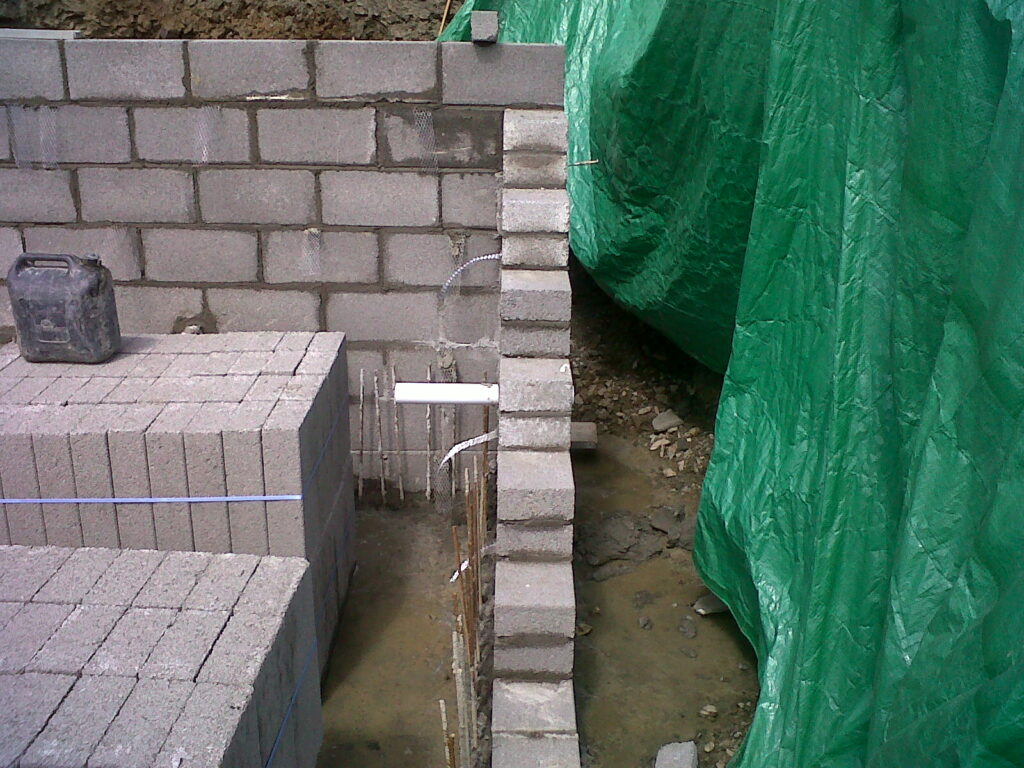
Weep holes are the main pillars and reasons behind the construction and purpose of the retaining walls. There are several types of weep holes, such as
Open head joint weep holes, Tubes weep holes, Corrugated Channel Weep holes, and Cotton rope-wicking holes.
When it comes to the advantages of weep holes, they serve several purposes. Since the weep holes on the retaining walls help to drain the water, they save the water from the excess integrity pressure.
1. Manage the hydraulic pressure exerted by excess water on the retaining wall and protect the air behind the penetration wall, saving it from damage and thus increasing its life.
2. They allow the space in the retaining wall for water flow and drainage, preventing dampness and damage.
3. Weep holes maintain the gap to avoid water penetration. They also save water through the capillary action, providing ventilation of the internal wall cavity.
4. Weep holes help in moisture control regulation
5. They reduce buoyancy, avoid elevating the retaining wall structure, and offer stability to the retaining wall.
When it comes to problems, if weep holes start having issues or become clogged or malfunctioning, the retaining wall will not be able to bear the hydraulic pressure of water for a long time, and the retaining wall construction will fail.
This will damage the retaining wall and other important things, leading to soil erosion and other destructions with excess water flow.
Material and Tools for Fixing the Weep Holes

To fix the weep holes, you will need the tools to open the clogs and material to repair the damage around them.
So things like Masonry, Mortar Mix Weep hole pipes, tubes, Drills, and related machines will help you to fix the weep holes.
You will need secondary equipment, such as measuring tape, crayons, or chalk to mark, a mounting plate, a coring tool, an expanding anchor, thread, bolts, a hammer, a piler, and a wrench.
For safety purposes, safety equipment like gloves and other engineering equipment that are mandatory or come with the construction safety kit will help you from the damage.
Step by Step Process Process for Fixing Weep Holes
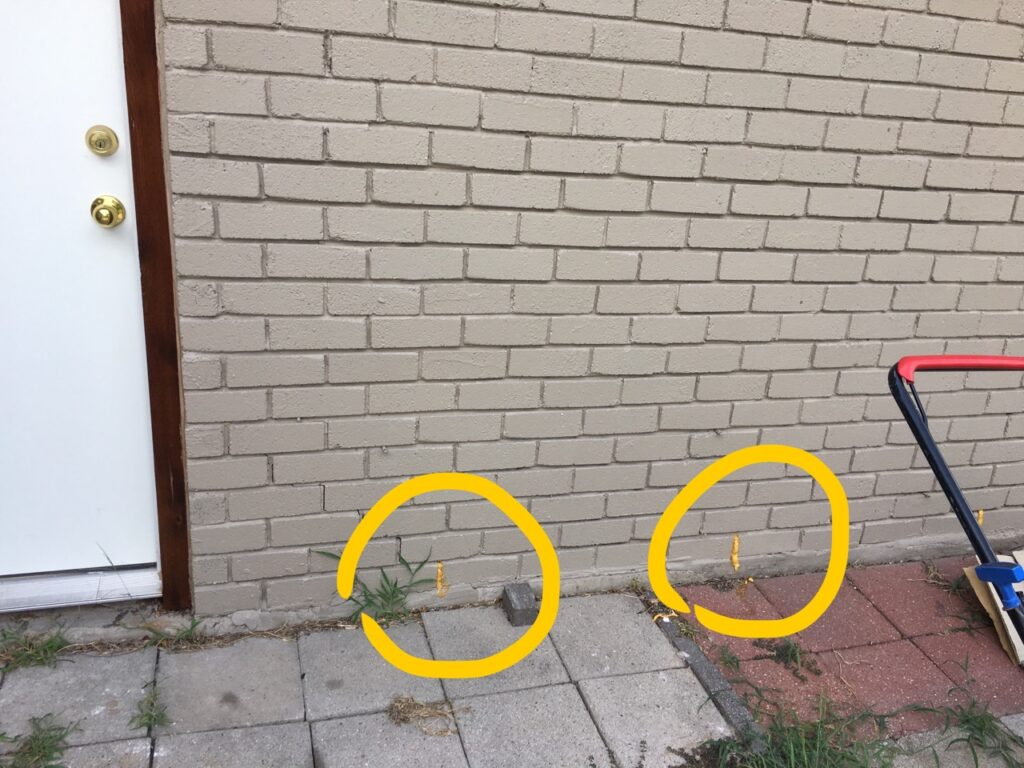
Examine the wall with the weep hole issues to see if the weep holes need to be opened due to clogging or repaired because of the damage.
1. In the case of clogging, you can use the drill machine to open the holes and make it again the flowing space for water drainage.
2. If the weep pipes or tubes are damaged, use the drill machine to separate them from the holes in the retaining wall.
Pull the damaged pipes outside, insert the new weep pipes and metal tubes in the holes, and backfill the holes of the retaining wall around them.
3. In the case of damage to the weep holes, you need to reinstall the weep holes. Generally, a retaining needs at least one hole for every twenty square feet, so according to that, you have to mark the positions with the help of a marker to install the weep holes easily.
For the vertical distance, the distance between the two weep holes should not be more than four feet.
So, after marking the location, install the weep holes and ensure that you can start from the lowest point of the retaining wall for better water drainage.
Drill the holes in the retaining wall with a masonry bit, with a weep hole approximately 1 inch in diameter.
After drilling, insert the weep hole pipes and tubes for water drainage in the retaining wall.
While inserting them, fix them tightly in the weephole so they do not get dislocated from their allocated position; they will again create issues.
To fix their final position, use the mortar mix of gravel and cement to backfill the holes in retaining walls while saving the openings of the weep pipes and tubes.
While backfilling, ensure that you put enough mortar mix behind the retaining wall to extend the weep hole level of the retaining wall as well.
Final Thoughts
Every retaining wall needs weep holes that allow enough space to drain water, or else it will be damaged sooner.
Keeping the weep holes sufficient, regularly maintaining them, and fixing issues are how to save your retaining wall from getting damaged or failing its purpose.
This post showed you how to fix the weep holes in the retaining walls to help you better understand how you utilize them for your retaining wall benefits and fix the related issues.
If you want more ways to add value to your lifestyle and maintenance experience, sign up and get our best tips and strategies sent to your inbox.

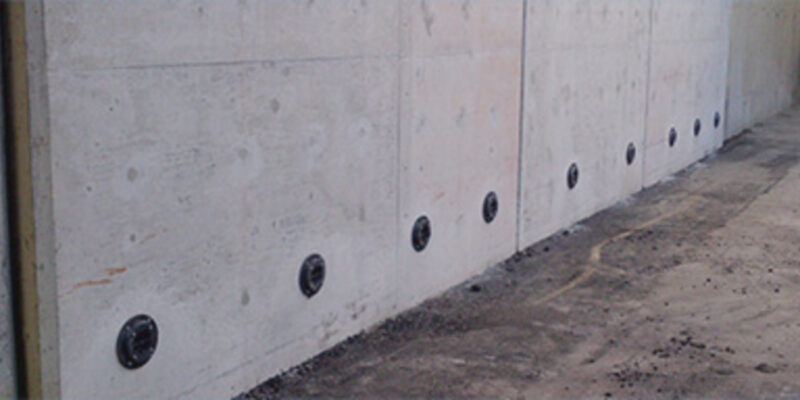
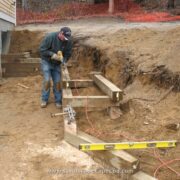
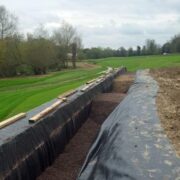

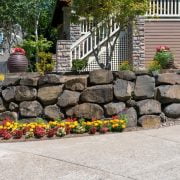

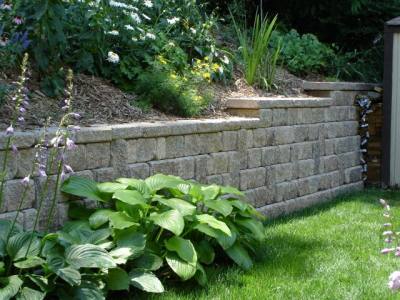
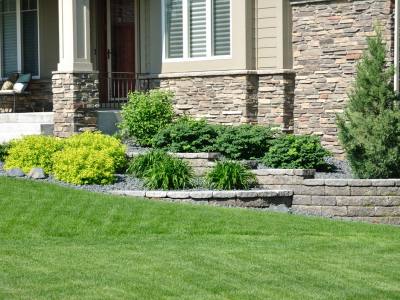
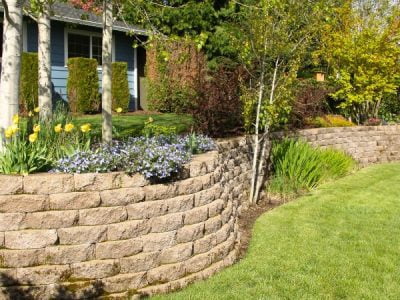
Comments